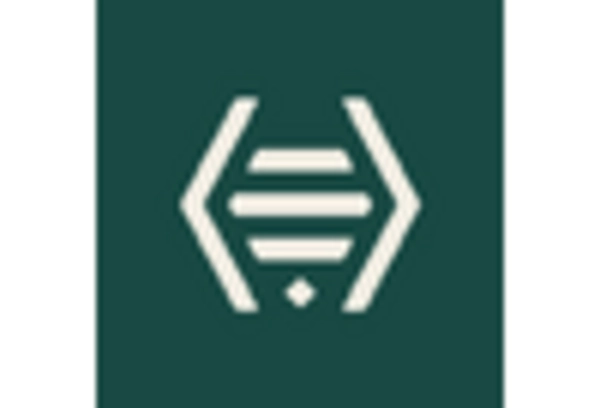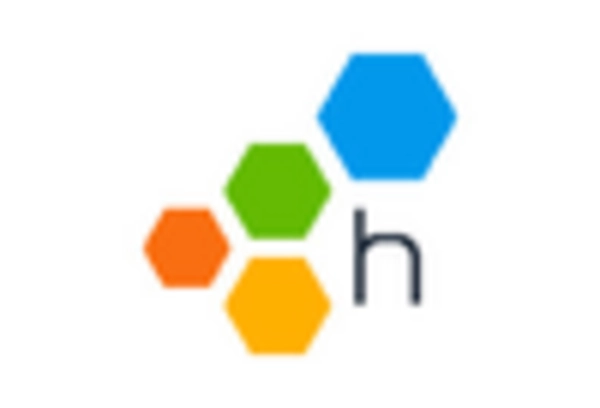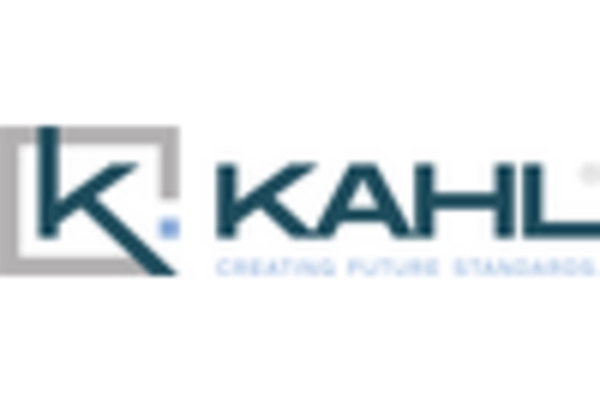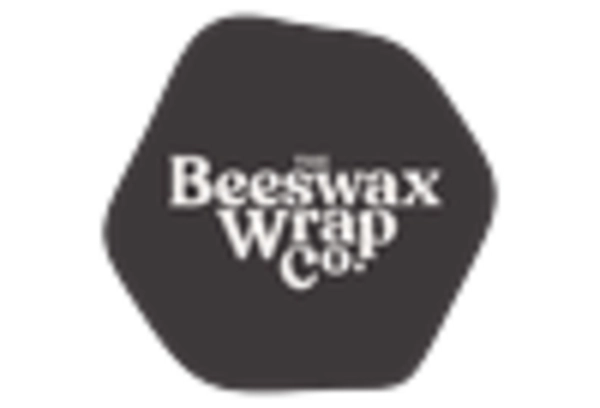Health Benefits of Beeswax
The health benefits associated with beeswax are emerging as a significant driver in the Beeswax Market. Beeswax is known for its natural antibacterial and anti-inflammatory properties, making it a valuable ingredient in various health and wellness products. Its use in topical applications, such as balms and ointments, is gaining traction among consumers seeking natural remedies. Furthermore, the increasing trend towards holistic health approaches is likely to enhance the demand for beeswax in the wellness sector. Market data indicates that the natural personal care market is on an upward trajectory, with beeswax products being favored for their purity and effectiveness. This growing awareness of health benefits is expected to positively influence the beeswax market.
Sustainable Product Demand
The increasing consumer preference for sustainable and eco-friendly products is a primary driver in the Beeswax Market. As awareness of environmental issues rises, consumers are gravitating towards natural alternatives to synthetic materials. Beeswax, being a renewable resource, aligns with this trend, making it a sought-after ingredient in various applications, including cosmetics, food wraps, and candles. Market data indicates that the demand for sustainable packaging solutions is projected to grow significantly, with beeswax wraps gaining popularity as a biodegradable alternative to plastic. This shift towards sustainability not only enhances the market potential for beeswax but also encourages beekeeping practices that support biodiversity and ecosystem health.
Rise of Beeswax-Based Products
The proliferation of beeswax-based products is a notable driver in the Beeswax Market. As consumers become more health-conscious, there is a marked increase in the use of natural ingredients in personal care and food products. Beeswax is recognized for its beneficial properties, such as its ability to act as a natural emulsifier and preservative. Market Research Future suggests that the beeswax cosmetics segment is experiencing robust growth, with an increasing number of brands incorporating beeswax into their formulations. Additionally, the trend towards DIY products has led to a surge in the popularity of beeswax for homemade candles, skincare, and food wraps. This diversification of product offerings is likely to expand the market reach of beeswax.
Regulatory Support for Beekeeping
Regulatory frameworks supporting beekeeping practices are playing a crucial role in the Beeswax Market. Governments and organizations are increasingly recognizing the importance of bees in pollination and biodiversity, leading to initiatives that promote sustainable beekeeping. These regulations often include financial incentives for beekeepers, which can enhance the production of beeswax. Additionally, educational programs aimed at improving beekeeping practices are being implemented, fostering a more knowledgeable and skilled workforce. This supportive regulatory environment is likely to encourage more individuals to enter the beekeeping industry, thereby increasing the supply of beeswax. As a result, the overall growth of the beeswax market may be positively impacted by these initiatives.
Technological Advancements in Beekeeping
Technological innovations in beekeeping practices are transforming the Beeswax Market. Modern beekeeping techniques, such as hive monitoring systems and automated extraction processes, enhance honey production and beeswax yield. These advancements not only improve efficiency but also ensure higher quality beeswax, which is crucial for various applications. The integration of technology in beekeeping is likely to attract new entrants into the industry, thereby increasing competition and driving innovation. Furthermore, the use of data analytics in hive management can lead to better health monitoring of bee colonies, ultimately resulting in a more sustainable supply of beeswax. This technological evolution is expected to bolster the overall growth of the beeswax market.

















Leave a Comment